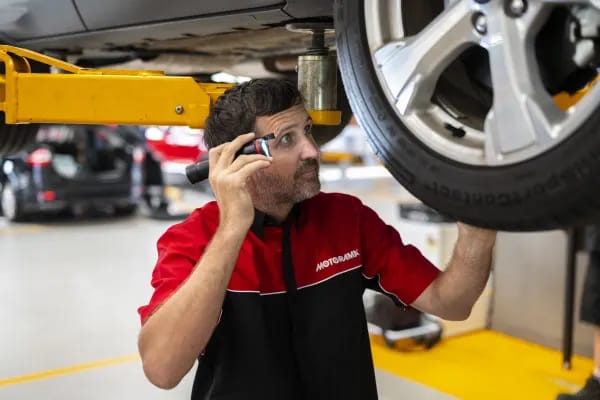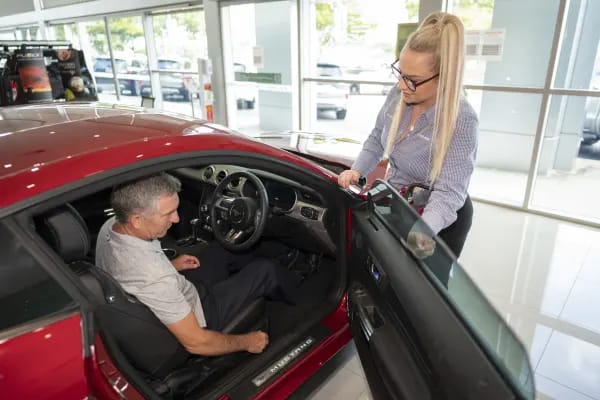
Review: 2016 Mitsubishi Outlander
Posted in Vehicle Reviews
Review: 2016 Mitsubishi Outlander
With the last model update released in 2013, it came as a surprise when Mitsubishi announced that they were overhauling the Outlander in one of the largest mid-life updates ever.
We got into the brand new, top of the line Outlander Exceed to see if there has been more than a facelift to Mitsubishi’s mid-size SUV.The Outlander has been quietly kicking goals for Mitsubishi, creating an SUV that can competently handle the great outdoors without looking and handling like farm machinery when it’s at home.
A new model designation system means that the old ES now becomes the LS, the mid-range LS changes to the XLS, while the flagship models now wear an Exceed badge.

INITIAL IMPRESSION
In our range-topping Outlander Exceed Diesel, finished in Titanium grey, Mitsubishi have completely overhauled the interior while keeping functionality as the focus in the cabin.
In the Exceed (and the XLS), the focus point of the new premium dash is the Mitsubishi Multimedia Communication System (MMCS) – which is the long-winded name for the multi-function 7” full colour touch screen with GPS and DAB digital radio.
Leather seat facings on all 7 seat positions, as well as soft touch plastics on the dash make for a quality impression.
Bonus points for adaptive cruise control, Forward Control Mitigation and the automatic powered tailgate; the standout features on the Exceed, which stuffs more on top of a standard features list packed to the gills.
A small drawback is how counter-intuitive it is to pair a phone with the MMCS Bluetooth. Going through three screens is too fiddly for such a common function, but thankfully, once your phone is paired, the connection doesn’t give you any hassles.
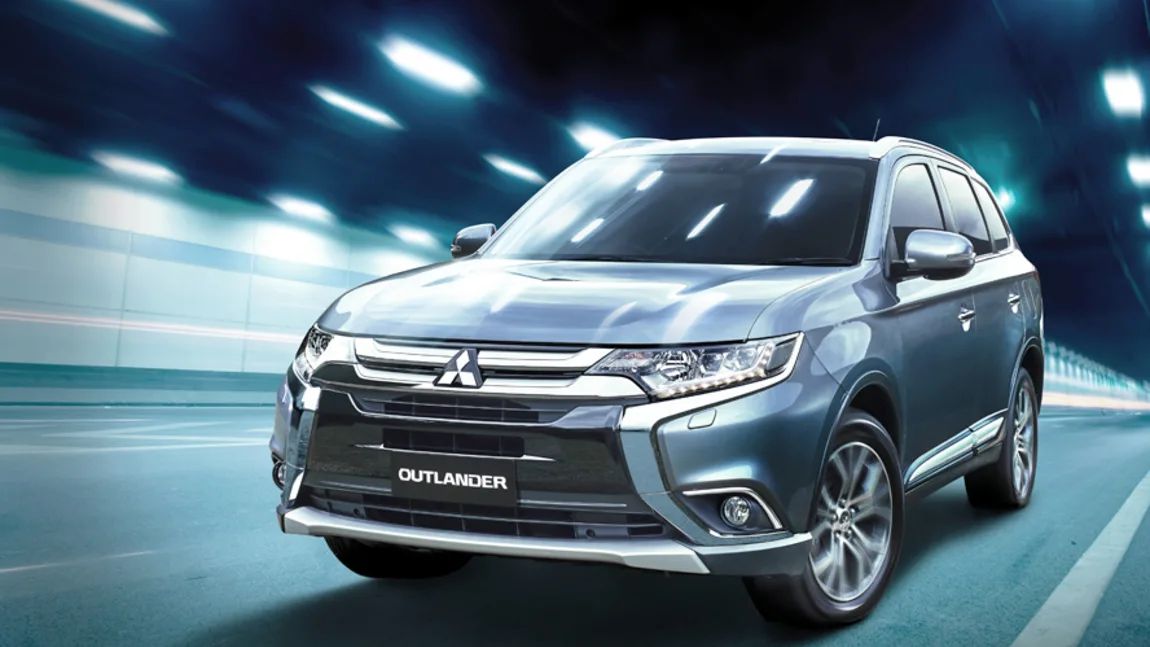
DRIVEABILITY
We got the 2.2L direct injection diesel, the only diesel option out of the three engines offered on the new Outlander models.
It’s surprising how well the diesel engine performs. Then again it’s hardly a surprise that, after over a decade, Mitsubishi have refined the Outlander to its optimal performance. There’s no trace of turbo lag, that plagues some other diesel mid-size SUVs.
Power delivery is smooth and plentiful, tuned well for most driving conditions, never feeling underpowered or unmanageable if you stamp your foot down.
Handling is refined for a 2.2-tonne SUV, the Outlander’s game is to remain planted – there’s no noticeable roll in corners, and no aimless drifting on the road. Steering is responsive, with a slight drawback being the steering wheel that feels a hair too small. No doubt that it controls the Outlander with ease, and is probably ergonomically fantastic to not tire your hands – but you might miss the arm-over-arm steering provided by a large steering wheel (you might not, and it’s a very minor gripe.)
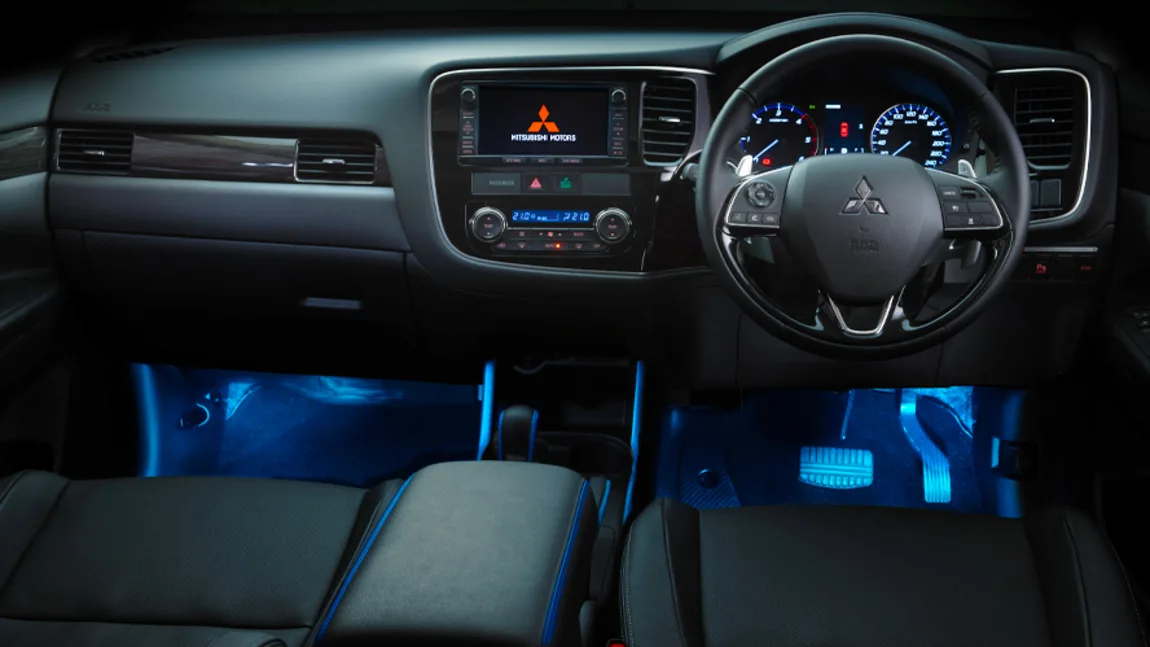
LIVEABILITY
The Outlander has taken its role as a part-time recreation vehicle and full-time family wagon very seriously since landing in Australia.
Engine noise is pretty much non-existent in the Exceed, and never intrudes on the cabin, creating quite a serene drive from a diesel.
Five seat Outlanders are practical for a growing family, offering a good-size boot, while the seven seaters give you the option to put some friends in the back – especially good for the school run.
If you were opting for a seven-seater Outlander (which are only available in four-wheel drive), the pick of the bunch would be the diesels. The petrol engines are best suited to the five seaters, which will have less mass to haul around.
Fuel consumption never hits the double digits if you drive carefully. Mitsubishi claims 7.0L/100kms in the entry, manual, five-seat LS, dropping to 6.7L in the CVT auto five seaters. Petrol seven seater Outlanders will see 7.2L/100km in a combination of highway and city driving, but the diesel – as tested – drinks the least at 6.2L/100km in the combined cycle.
Towing capacity from petrol models is limited to 1600kgs braked with a 160kg maximum towball download, rising to 2000kgs braked with a 200kg towball download limit on diesels. All Outlander engine options will only tow 750kgs unbraked.
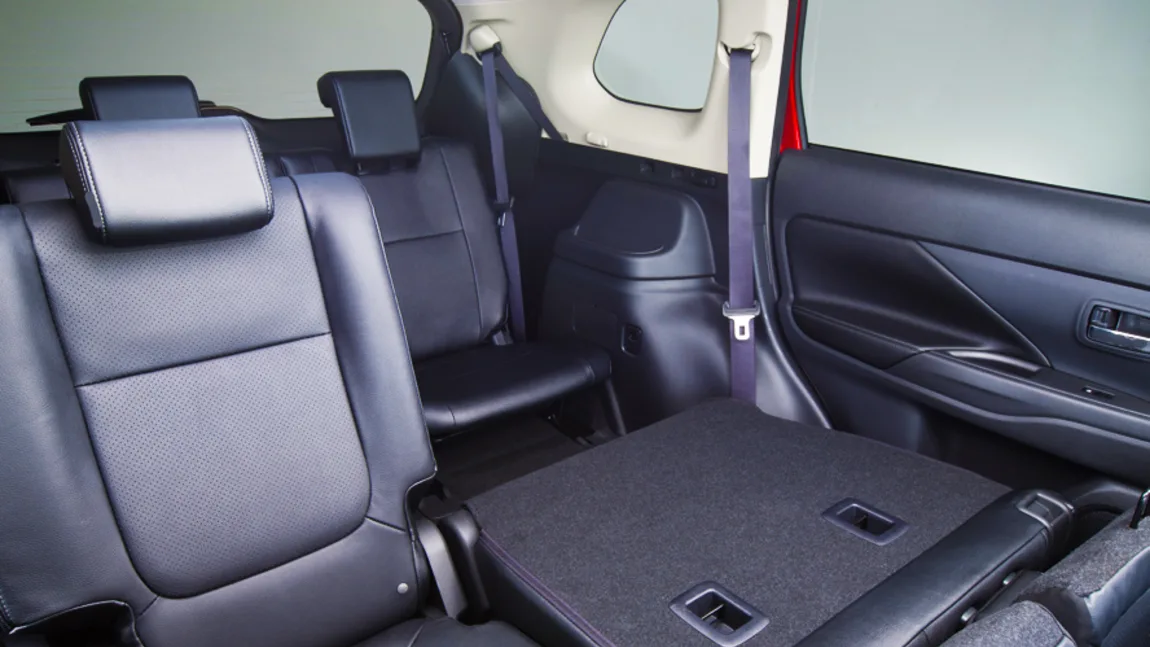
COST
With a choice of three engines, three trim grades and two seating configurations – there is a wealth of choice to get you into an Outlander.
The 2WD LS manual five-seater starts at $30,000 drive away, with the CVT auto option putting the bill at $32,000.
The seven seat, 4WD XLS will set you back from $38,990 drive away while the price to get into a diesel Outlander (the 4WD XLS) starts at $41,990 drive away.
As tested, you can get the Outlander Exceed diesel from $48,550 drive away including premium paint.
Premium paint across the range (anything but White Solid) will set you back $550.
Servicing for the MY16 Outlander is capped under Mitsubishi’s Diamond Advantage program. 4x2 models cost $355 at each service, 4x4 petrols at $375 and 4x4 diesels costing $450 at the first capped scheduled service, and then $550 for the remaining capped service intervals.
Servicing is scheduled annually or at 15,000kms, whichever happens first.
CONCLUSION
The Outlanders success has come on the back of providing a competent, reliable SUV that can handle some rough and tumble on the weekend.
The MY16 models have provided a huge improvement from the outside in, with a substantial update underneath a bold new exterior. Mitsubishi will apply the facelift to the Outlander PHEV later in the year, bringing the hybrid option to complete the model lineup.
There’s a lot to love about the new Outlander – the massive refresh maintains the versatility and practicality of the previous models, while improving comfort and convenience options.
Head into your nearest Motorama Mitsubishi to test drive the latest Outlander, and get ready to be surprised.

